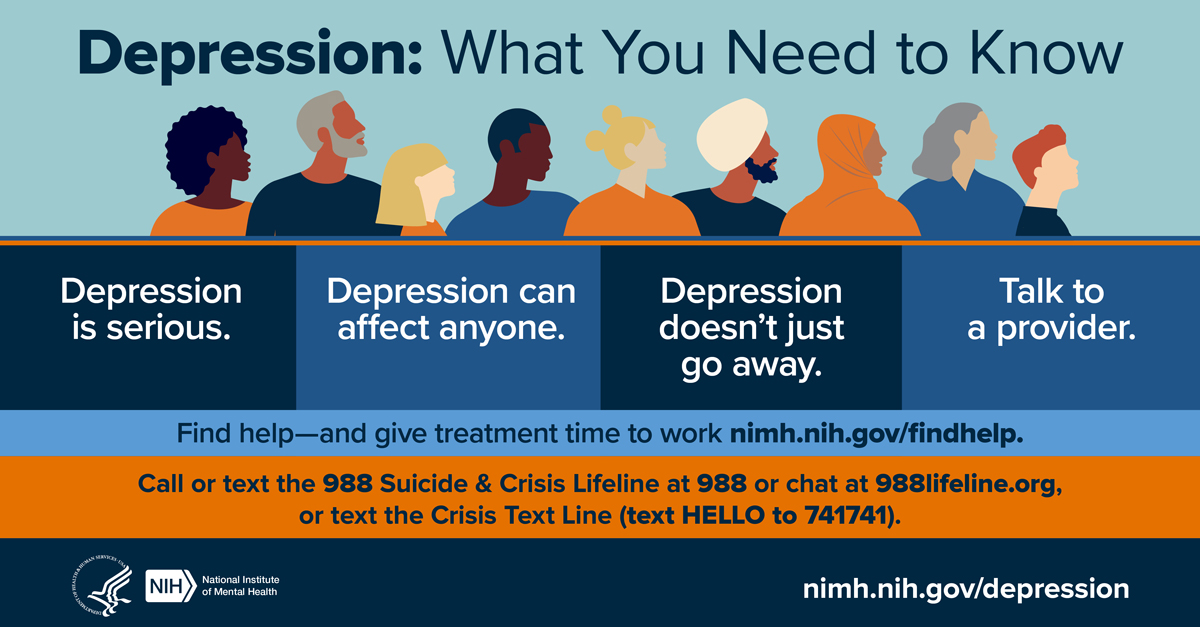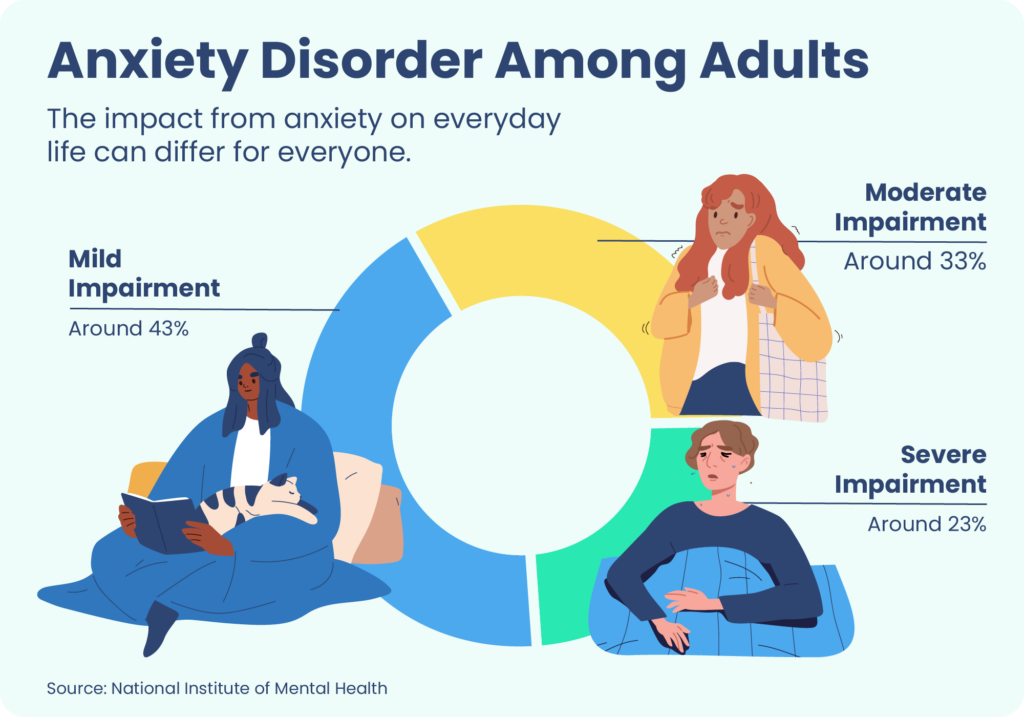Depression and Anxiety: How to Identify and Treat Coexisting Symptoms
Several key differences can help distinguish between symptoms of depression and anxiety.
Depression
It’s not at all unusual to feel sad, low, or hopeless from time to time, especially during difficult or painful life situations.
But feelings of sadness and emptiness that last for longer than 2 weeks can suggest depression, especially when positive events or changes in your environment don’t seem to have any impact on your mood.
Along with a low, sad, or empty mood, depression can also involve the following symptoms:
- loss of interest or enjoyment in your usual activities and hobbies
- a sense of hopelessness or pessimism
- anger, irritability, and restlessness
- a lack of energy or a sense of feeling slowed down
- chronic fatigue or sleep problems
- changes in appetite and weight
- difficulty concentrating, making decisions, or remembering information
- unexplained aches and pains or gastrointestinal concerns
- feelings of guilt, worthlessness, or helplessness
- thoughts of suicide, death, or dying


Anxiety
Most people experience some anxiety — feelings of fear, nervousness, and worry — from time to time. Anxiety is part of how you respond to stress, after all, so you might experience some anxiety:
- before major life events
- when making important decisions
- when trying something new
But if you experience persistent or extreme anxiety on most days for several months, you could have generalized anxiety disorder (GAD) or another anxiety disorder.
Anxiety disorders go beyond worry about unexpected or challenging life circumstances. Your fears might center around more everyday concerns, such as your health, performance at school and work, or relationships. These worries can prompt lingering thoughts and fears that eventually begin to affect daily life.
The main signs of ongoing anxiety include:
- difficulty managing fear and worry
- irritability, physical restlessness, or a sense of being on edge
- a sense of dread, doom, or panic
- sleep problems
- persistent fatigue
- brain fog
- physical symptoms like headaches, muscle tension, nausea, and diarrhea
Overlapping symptoms
While it’s important to remember not everyone with depression, anxiety, or both conditions will experience the same set of symptoms, the two conditions commonly involve several of the same symptoms.
Symptoms you could experience with either condition include:
- changes in sleep patterns
- changes in energy level
- increased irritability
- trouble with concentration, focus, and memory
- aches and pains or stomach issues that have no clear cause
Rumination can also happen with both conditions. In basic terms, rumination refers to a persistent loop of dark, sad, or other negative thoughts. You may not want these thoughts, but you still can’t seem to stop thinking them.
With anxiety, you might find yourself:
- stuck in a cycle where you explore, over and over, all the possible ways a situation could go wrong
- unable to stop thinking about all the things worrying you, even when you know you can’t do anything about them
With depression, you might find yourself:
- fixating on guilt about not having the energy to spend time with friends
- going over and over past events and blaming yourself for things you have no control over, including feelings of depression
